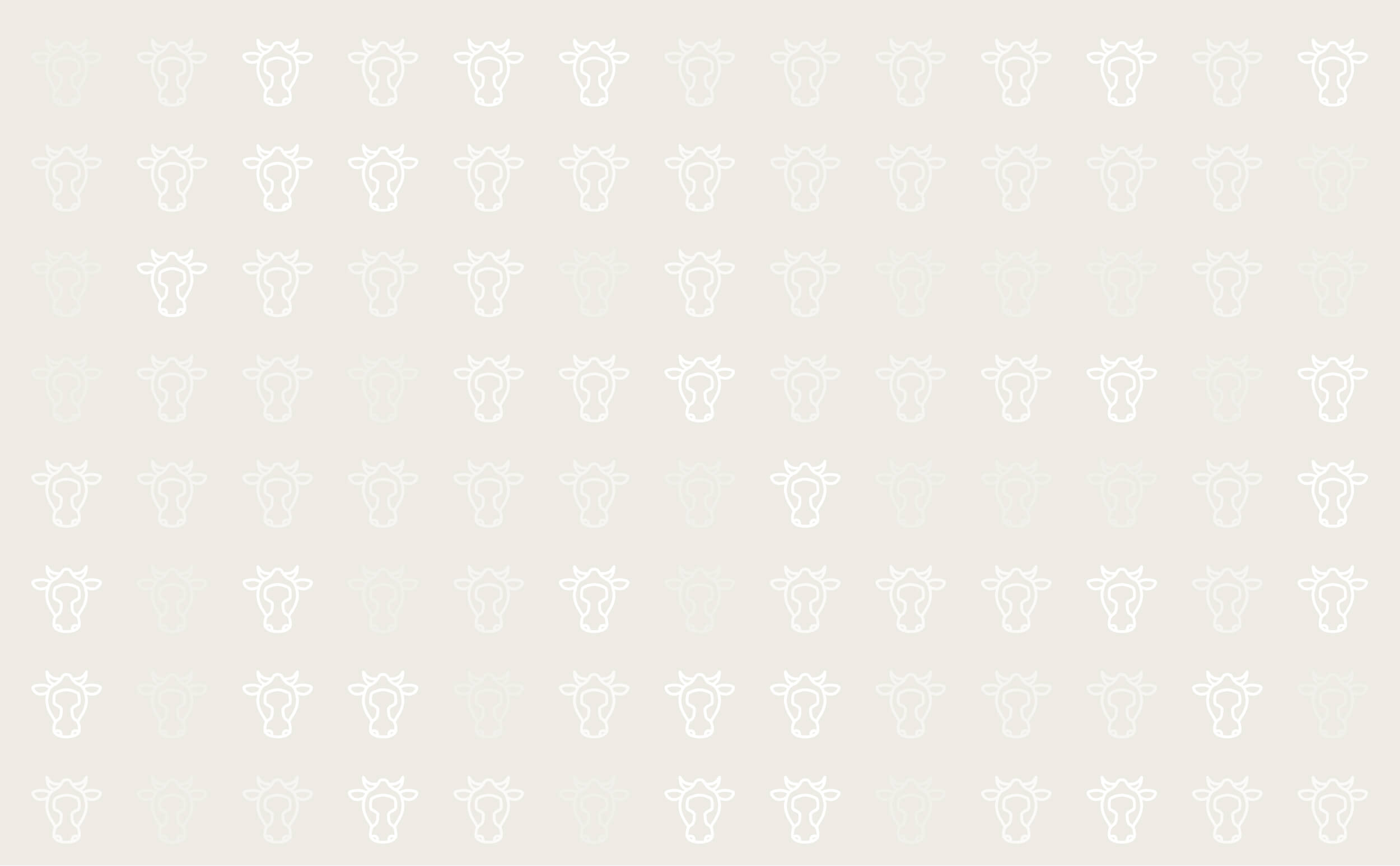



Foot Rot/ Foul in the Foot
Cause
Footrot or foul in the foot is a subacute or acute necrotic infection originating from a lesion in the interdigital skin that leads to a cellulitis in the digital region.
Mechanical injury or softening and thinning of the interdigital (between the toes) skin by puncture wounds or continuous exposure to wet conditions are necessary to provide entrance points for infectious agents.
Fusobacterium necrophorum is considered to be the major cause of footrot. It can be isolated from feces, which may explain why control is difficult. Other organisms, such as Staphylococcus aureus , Escherichia coli , Arcanobacterium (Actinomyces) pyogenes , and possibly Bacteroides melaninogenicus , can also be involved.
Footrot has a worldwide distribution and is usually sporadic but may be endemic in intensive beef or dairy cattle production units. The incidence varies according to weather, season of year, grazing periods, and housing system. On average, footrot accounts for around 15 per cent of claw diseases.
Symptoms
- Severe lameness
- Animal holds leg in air to relieve pressure
- Swelling of interdigital space
- Fever
- Anorexia
- Reduced milk yield
Treatment
Treatment of footrot is relatively straightforward and if instituted early in the course of the disease is usually successful. Remember all lame feet are not necessarily footrot however; there are other conditions that look similar.
Historically, an antiseptic and bandage were applied after cleaning and trimming the foot, but topical treatment and bandaging are considered less important than systemic therapy. Prompt diagnosis and initiation of antimicrobial therapy are essential to achieve a satisfactory response. The treatment of choice is parenteral antibiotics administered for three to five days.
In cattle that are difficult to handle, feed additives can be used to treat large numbers - however veterinarian advice should be sought.
If improvement is not evident within
three to four days, it may mean the infection has invaded
the deeper tissues. Infections that do not respond to initial
treatments need to be re-evaluated by your veterinarian in a
timely manner. He or she will want to determine if re-cleaning,
removing all infected tissue, application of a topical
antimicrobial, and bandaging are appropriate, along with an
antimicrobial change.
In the more severe cases, management
of the animal will be between salvaging for slaughter
(following drug withdrawal times), claw amputation, or in
valuable animals, claw-salvaging surgical procedures.
Prevention
Preventive measures include removing sources of injury and keeping feet dry and clean.
Animals that are actively shedding infectious organisms should be isolated until signs of lameness have disappeared. If this is not possible, a waterproof dressing or protective boot should be applied; however, animals wearing protective boots should be monitored carefully to avoid additional damage. Boots should be disinfected between use.
Because busy traffic areas are invariably heavily contaminated, steps should be taken to ensure that areas around drinking troughs, gateways, and tracks are adequately drained. Animals at pasture might be moved to a clean, dry area, or possibly housed during periods of heavy rainfall. Contaminated concrete must be frequently cleaned and scraped free of manure.
Preventive use of a footbath with an antiseptic and astringent solution (eg, copper or zinc sulfate) has given beneficial results. Formaldehyde solution can also be used, but in some areas it is considered to be an environmental hazard if discharged into natural waterways.
Ethylenediamine dihydroiodide has been used as a feed supplement for prevention, but the results are extremely uncertain. Vaccines against F necrophorum have failed because of the weak immune response to the bacterium. High levels of zinc fed as a supplement have a beneficial effect by improving epidermal resistance to bacterial invaders.

